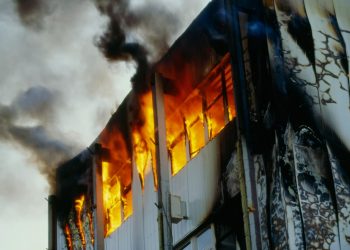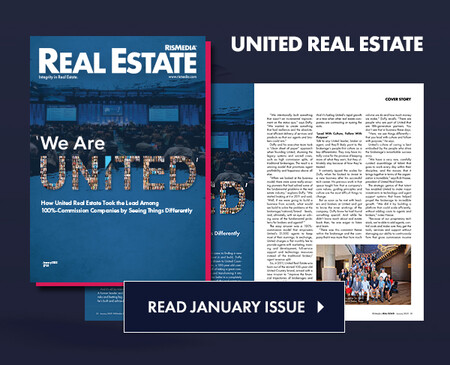RISMEDIA, Nov. 1, 2007-A survey conducted by Environmental Data Resources, Inc. (EDR) indicates that 52% of environmental and government professionals involved in brownfield projects are seeing an increase in the pace of redevelopment activity. Another 47% of respondents view brownfield activity as stable, while none of the respondents indicated any slowdown in redevelopment.
The EDR survey was directed to professionals with significant experience in the brownfield industry. Ninety-five percent of respondents work for an organization currently involved in at least one brownfield project, including more than 50% that are involved with more than 10 brownfield projects. The survey respondents included environmental consultants and government representatives attending “The Big Deal” National Brownfield Association 2007 event in Chicago on October 16-17, 2007.
“These results illustrate how environmental professionals from both the public and private sector are on the same page in prioritizing Brownfield redevelopment,” said Derek Ezovski, managing director of EDR’s Property Due Diligence Group and Executive Committee member of the Connecticut Chapter of the National Brownfield Association. “Although the real estate industry is currently experiencing a downturn in some sectors and a plateau in others, over the long term we believe that there will continue to be significant opportunity for brownfield projects.”
The EDR survey also indicated that the lending industry’s increased participation in brownfield projects is an important factor driving the pace of redevelopment. A large majority of survey respondents (81%) see a greater number of lenders willing to finance brownfield projects and lend more money than three years ago.”Lenders feel better about brownfields in recent years because of increased awareness of liability protection for lenders under environmental law, and other government programs,” noted Ezovski.
When asked about key factors driving brownfield redevelopment growth, the majority of respondents cite the government as being more proactive in encouraging redevelopment and also credit the availability of grants through federal and state programs, tax incentives from state and local governments, and the use of environmental insurance to limit potential cleanup liability.
Jon Walker, head of the Corporate, Legal and Government Group for EDR, added: “Success in brownfield projects is being driven by government professionals who learned the lesson that successful public and private partnerships means reaching out beyond their local market to get perspective not only from other municipalities, but also from national leaders in brownfield redevelopment from the financial and environmental industries.”
When survey respondents were asked about the main obstacles to brownfield redevelopment, they cited financing as the key factor hindering project progress. Also on the list of obstacles were liability concerns, current market conditions, and process-related delays for evaluating sites and obtaining funding approval. Several environmental consultants also cite emerging concerns about hazardous conditions caused by “vapor intrusion” as a potential obstacle to redeveloping contaminated sites.
For more information, visit www.edrnet.com.










